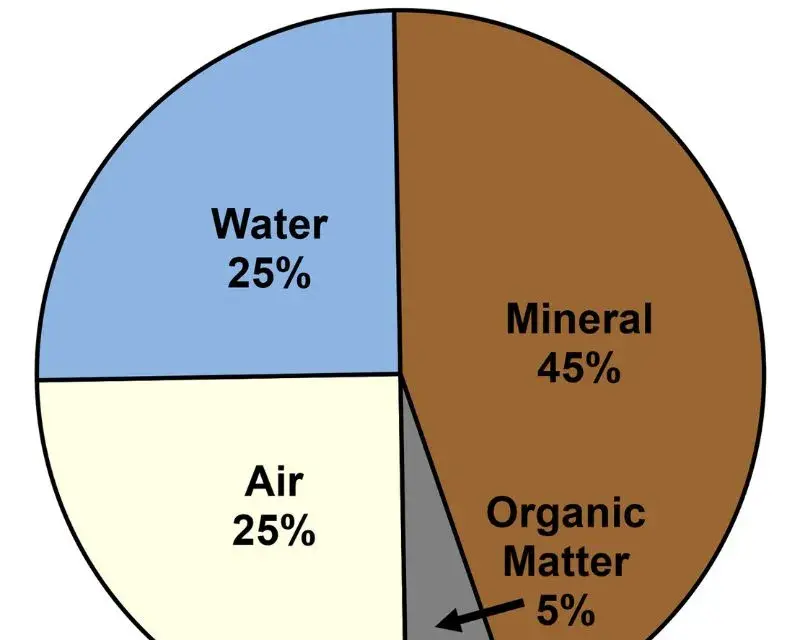Soil composition is one of the most important factors in construction, agriculture, and landscaping. Understanding its key components can help determine the soil’s suitability for a specific project. Different soil compositions offer distinct qualities, from nutrient retention to water drainage. Let’s break down the essential components of soil composition and why they matter.
1. Minerals
The majority of soil is made up of mineral particles, which range in size and type. These minerals include sand, silt, and clay, each offering unique properties. Sandy soils are great for drainage but may struggle with nutrient retention, while clay-heavy soils hold nutrients and water well but may cause drainage issues. For construction, soils with a balanced mineral composition, like loam, offer ideal support and stability.
2. Organic Matter
Organic matter refers to decaying plant and animal materials. This component of soil is crucial for agriculture because it improves fertility by supplying essential nutrients. Organic matter also enhances the soil’s ability to hold water, which can be a significant advantage in drought-prone areas. When it comes to construction, a high percentage of organic material can weaken soil stability, so it may need to be reduced for foundation work.
3. Water
Water is an essential part of soil composition as it binds particles together and helps transport nutrients to plants. However, too much water in the soil can make it unstable for construction, leading to issues such as soil swelling or poor load-bearing capacity. A good balance of moisture is crucial, whether you’re growing crops or building structures.
4. Air
Air pockets within the soil allow oxygen to reach plant roots and microorganisms. In terms of construction, proper aeration can affect the soil’s density and stability. Well-aerated soil will also drain better, reducing the risks associated with waterlogged ground.
Conclusion:
Understanding the key components of soil composition—minerals, organic matter, water, and air—allows you to tailor your approach, whether you’re working on a farm or laying the foundation for a new building.






